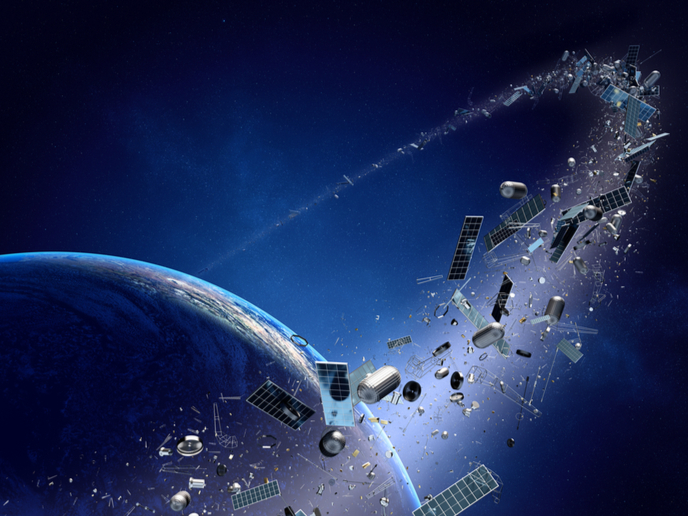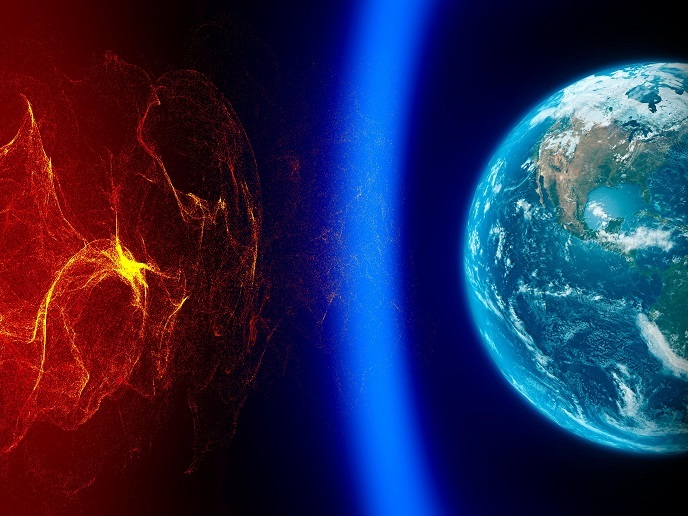New device enables satellites to decommission themselves
In over 50 years of Space activity, about 7 000 satellites have been launched, with only 2 000 of them still being active today. “Satellites are not being removed once they've served their purpose. Conjure up the image of a car that has run out of fuel on a highway as an analogy. It is fine to leave it in the place where the engine has stalled, but when traffic starts to grow, there will soon be a congestion problem. This is what the situation looks like in Space,” points out Stefano Antonetti, Head of Sales for Institutional Business of D-Orbit. Plenty of space for manoeuvre With EU-funding of the D3(opens in new window) (Smart propulsive device for controlled satellite decommissioning and reentry) project, Italian company D-Orbit has successfully set the stage for effectively and affordably cleaning up old satellites from Space. They developed a decommissioning system that removes satellites at the end of their mission or if a major failure occurs. D3 actually refers to the dedicated propulsive device installed on the satellite prior to launch that either drives it out of its orbit where it does not interfere with any other satellites or returns it to Earth. “One of the main advantages our technology boasts of is that it enables us to plan a controlled route/course/path. Indeed, our system is equipped with such a sophisticated motor that we can redirect the satellite to a specific area of the globe – usually to the middle of the ocean where it is quite certain that it will not pose any threat,” adds Antonetti. Part of the project was to demonstrate the operation of the D3 system in a small test satellite, a bit larger than a shoebox, called D-Sat. “Thanks to our patented onboard propulsive system, this is the first time in Space history that such a skilful decommissioning manoeuvre of a satellite has been attempted,” notes Antonetti. After more than three months of orbital operations, D-Sat completed its mission by test-firing its onboard propulsive unit, successfully validating the decommissioning technology in Space. Powerful motor Current international guidelines recommend that satellite operators de-orbit their satellites within 25 years from the end of operation, but only a small number of missions actually do that. “Satellites use propulsion for station keeping – that is to compensate for orbital perturbations. But, current built-in motors are so tiny that they provide 20 Newton of thrust which is just like pushing two kilogrammes. Our onboard motor system provides a much larger force, about 800 Newton, which translates to pushing 80 kilogrammes. This is the reason why almost all decommissioning manoeuvres fail. We have just not been using the right tools until now,” explains Antonetti. The decommissioning system built into D-Sat can be scaled up to any size satellite. Future aspirations The ambitious aim of D-Orbit is to use its patented D3 technology and reduce the growing amount of debris surrounding the Earth. In addition to significantly mitigating Space debris, the aerospace professionals also aim to expand to the market of on-orbit satellite servicing. “It would be very nice if we could target certain satellites and try to repair them – just like when car service companies come to your place to fix your car. This might not be very easy in Space now, but we will get there pretty soon,” concludes Antonetti.







